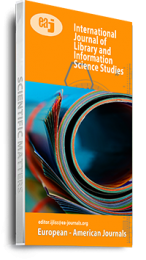Natural disasters, human, chemical, biological and environmental factors were responsible for deterioration of information resources in the university libraries. Photocopying, re-binding, fumigation, microfilming, lamination, air conditioning and digitization techniques were adopted for preservation of information resources and books were mostly borrowed and consulted in the libraries in developing world. Based on literature, the study recommended that management of the universities should acquire a variety of information resources which should not be limited to books, serials, reference sources but to include e-resources with preservation consciousness. Thus, preservation of deteriorating information resources in libraries has become a global phenomenon to which academic libraries must aggressively respond if their mission of providing information needs to their patrons is to be achieved in this era of dwindling budgetary allocation to libraries couple with the present economic recession. It can therefore be said that the aim of information resources preservation programs is to maintain and preserve information materials according to their use and their significance. Thus, preservation of information resources is an important aspect of library and information management.
Citation: Olubiyo P.O. and Olubiyo L.M. (2023) Information Resources Preservation in Academic Libraries: Challenges and Strategies, International Journal of Library and Information Science Studies, Vol.9, No.3, pp.24-34
Keywords: Academic Libraries, Information resources, Preservation, Strategies.

